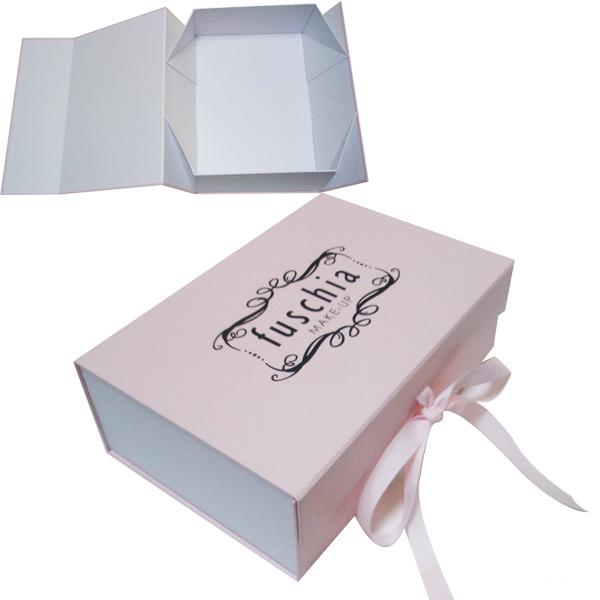The relationship between packaging and environmental protection has received great attention in developed countries. They not only have the support of laws and regulations, but also have the support of many factors such as economic strength and humanistic philosophy. The packaging of the two countries will be briefly described below.
1. Germany's strict management of packaging waste has caused a large amount of waste and environmental pollution. Germany adopted packaging regulations and avoided 1 million tons of packaging in 1992 and 1993. From 1993 to 1995, about 13 million tons of product packaging waste was used through the system. German law stipulates the principle of who produces who recycles. Germany unified the distribution of household garbage cans, small households use kegs, and more people use household vats. Each household pays the monthly clearing freight. Since 1992, Germany has implemented the "Green Point" recycling method. They printed a uniform “green dot†logo on the packaging of goods, indicating that the manufacturer had paid for the recycling of the goods. The costs paid by these producers establish a system for recovery, classification, and reuse, and the company that runs the system is non-profitable. Residents who use the “Green Point†logo are put in special yellow plastic bags. The “Green Point†system has a special person to collect fees from households. The "green dots" packaging materials include aluminum, iron, tin, plastic, and so on. "Green Point" is not "green product". On the contrary, German ecological food companies and stores have never bought "green spots." Because the packaging they use is environmentally friendly. The significance of the "Green Point" system is that product liability is legally determined. The production and operators of commodity packaging are obliged to recover and use the used products.
Since January 1, 2004, Germany has imposed a deposit system. When customers purchase mineral water, beer, cola and soft drinks packed in plastic bottles and cans, they will have to pay a corresponding deposit. The deposit will be returned when the empty cans are returned. However, due to the much higher recovery rate of bottles of spirits, wines, milk, and juices, they are not included in the deposit system. According to statistics, the amount of plastic packaging in the world is more than 30 million tons a year. China is the fourth largest plastic producer in the world with an annual output of 15 million tons, of which 30% is used for packaging. Seventy percent of these plastic packagings are discarded after a single use.
The deposit system is not only to urge customers to return empty beverage cans, improve recycling efficiency, but also to allow Germans to change their consumption habits of using disposable beverage packaging, and to choose more reusable packaging. Although disposable packaging can be recycled after use. However, it also increased the number of repeated transportation and production, resulting in great energy consumption.
2, Japan's food packaging focus on environmental protection In Japan, food packaging is not just to look good and practical, environmental protection has become an important factor for the packaging industry to consider. Today's Japanese businessmen try to use non-polluting raw materials such as paper bags instead of plastic containers when packaging food, which reduces the cost and technical difficulties of collecting used packaging into factory recycling. Packaging design also played a big role in this regard.
Ninety percent of Japan's milk is sold in crumpled paper packaging, which is a good education. The easy-to-squash packaging not only has a lower production cost, but also can reduce the occupied space, facilitate the recirculation, and reduce the transportation cost. Japan's most common drink, Yakutt Health Drinks, also uses a bottom tearable cup-shaped container. After tearing the bottom, one can easily flatten the container for recycling. A beverage package called EeoPae is currently in widespread use. The package consists of 10 O% recycled cartons and bags containing the beverages in the box. This is the so-called Bagincarton/box. The main purpose is to allow people to easily separate the carton from the bag and it is easier to handle when it is sent to the circulation. At present, most of the alcoholic beverages on the market in Japan use such packaging. Another new packaging design that is beginning to be accepted by Japanese consumers is Standing, bag/pouch. Since opening the bag is more likely to spill the internal liquid than opening the bottle, the opening of the bag is specifically designed to facilitate opening. This kind of bag packaging is mainly to replace plastic bottles. To compare the two, the former uses only 1/5 of the plastics. In addition to beverages, many of the edible oils sold in Japan are sold in composite paper. Greatly reduces the use of plastics.
Source: Chinese Health Supervision and Health
Collapsible Gift Box is very popular in worldwide as it is luxury, cheap and can be flat packed to save freight. The collapsible Gift Box or flat pack container is assembled easily before used as there are adhesive taps or magnet on the four corners. This kind of rigid gift box is usually closed with magnet and ribbon.

Collapsible Gift Box
Collapsible Gift Box,Collapsible Paper Packaging Box,Collapsible Magnetic Gift Box,Paperboard Rigid Gift Box
Dongguan Ibis Industry Co., Ltd , http://www.ibispackaging.com